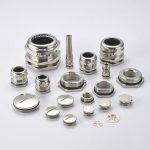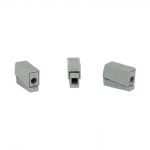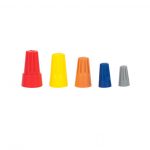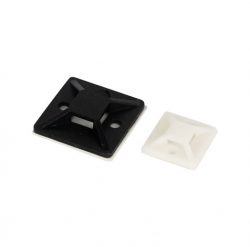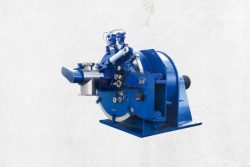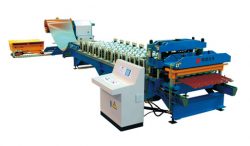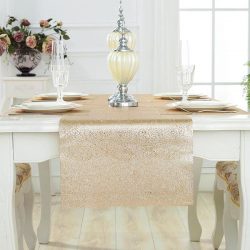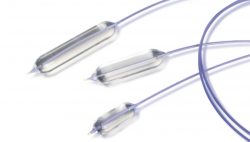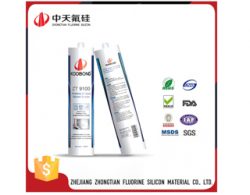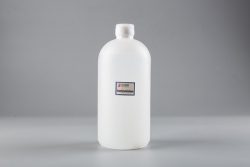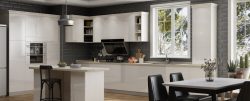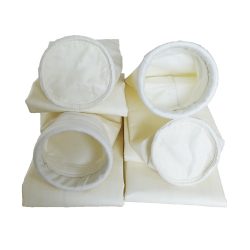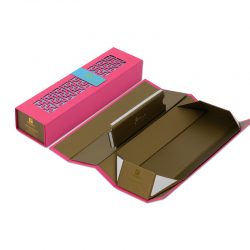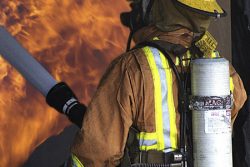Terminal Blocks & Connectors
erminal blocks are electrical connectors used in higher-current input and output connections attach wires, which can install two-wire in the same circuit without having electrical wires cut or splice, easy to install and prevent from creepage cause of splice. Terminal blocks are very commonly used in industrial equipment, power supply components, instrumentation components.
Leading Electrical Terminal Block Manufacturer
As a professional terminal blocks supplier, our terminal blocks for sale are designed to support a wide range of wire-to-board and wire to wire terminal blocks and supply full-size range. We manufacturer wire terminal blocks as industry standards and are CE, Rohs, UL certified. Contact us and buy terminal blocks now!
What Are Terminal Blocks Used For?
Terminal Blocks including wire nuts electric and wire to wire terminal blocks are most used in higher-current input and output electric devices, which require contect plural wires.inside alloy copper will provide good conductivity, the terminal is made by Pe material which is flame resistance. Industrial equipment, power supply components, instrumentation components, use terminal blocks which have single, three five and ten block for choice base on the demand.
How Does A Terminal Block Work?
The wire will be put into the terminal block including push in electrical connectors, where the wire contact to the alloy copper, all the wire can be installed in the same circuit easily. change the previous way to install multi-wire which needs cut wires and put together, it may have overheat or creepage problem, terminal block use good conductivity alloy copper and Pe flame resistance material to solve the safety problem in multi-wire connection.
How To Decide Electrical Connector Blocks For You
Key Terminal Block Mechanical Considerations
Realize overall system voltage and current requirements, and mechanical restrictions and limitations need to be considered in terminal block design. The factor to consider is any mechanical restrictions on the housing of the design that may impact the overall footprint, orientation, and accessibility of the connections. Mechanical variations on the housing can include but are not limited to, the following.
Safety Ratings
Terminal blocks are typically certified to UL and IEC safety standards and are materials flammability rating meeting UL94V-0. Both UL and IEC ratings can appear on a datasheet with common values. There is international industry standard and requirements that a terminal block must meet. When selecting a terminal block, you will want to know your overall system safety requirements, and choose the terminal block ratings that comply with them.
Other Design Considerations
In order to make assembly or maintenance easier for the user, housing color or special markings can be modified to help differentiate various terminal block connections. This is especially useful for more complex systems that utilize multiple wiring and circuits housed in a centralized location.



